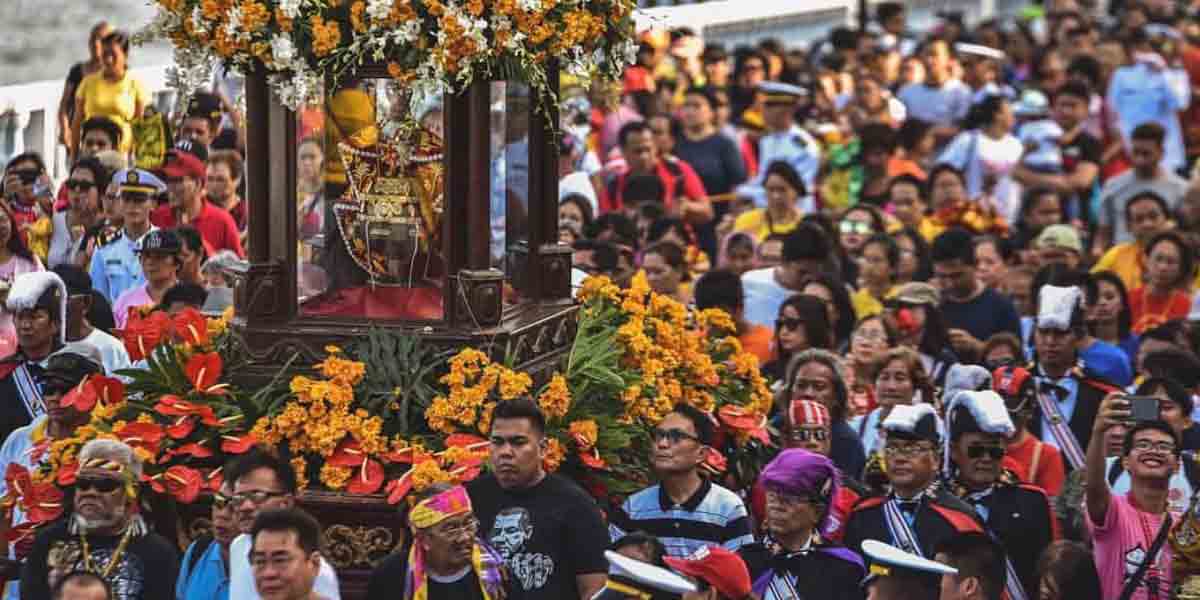 By Modesto P. Sa-onoy
By Modesto P. Sa-onoy
On Monday, the 11th of this month, the City of Talisay, Occidental Negros will celebrate its 22nd year as a chartered city. Till then it was a prosperous town between two cities – Bacolod and Silay. Mayor Amelo Lizares was its charter mayor.
The name “Talisay” did not come into popular and official use until 1937 although many histories and references to this city tend to suggest that this was its name from the beginning. The reason for this is that written documents that came out during our time used this name rather than the original which is Minuluang. In fact, the native word “Minuluang” was not in the written records but “Minuluan” which the Spaniards used.
A canonical record in Silay of 1779, however, referred to this place in its original, “Minuluang” because the writer was a native rather than a Spaniard who could not pronounce the “ng”. The Spanish solution was simply to drop the last two letters as they did in other places like Kabankalan and the spelling of native words. And so, the original name disappeared from Spanish documents that are usually our historical sources.
As the city celebrates perhaps it is time to know the history of this city. There is a scarcity of information about it as a political entity. On the other hand, the religious history of this place is well known because of the Recollect Fathers, particularly Fr. Fernando Cuenca, who was a very popular figure in Negros history from 1850 until the end of the Spanish era. His fame popularized Talisay.
Wikipedia says that Talisay became a town on September 10, 1850, with San Nicolas de Tolentino as its patron saint. This is not so. The Estado de almas of 1894 listed Minuluan as a town created in 1803. While it is true that the patron saint of Talisay is San Nicolas de Tolentino, a favorite saint of the Recollects, the Recollects came to Minuluang in December 1849 with the arrival of Fr. Cuenca as its pastor. It could not be a town by that year because as Fr. Cuenca’s biographer, Recollect Fr. Marcelino Simonena, wrote that Fr. Cuenca told him that when he (Fr. Cuenca) arrived in Minuluang it had only ten houses. It could not have been created in 1850. January 1850 is the date when Fr. Cuenca administered the first baptism there.
If Minuluang was created a town in 1803, what happened that in 1849 there were only ten houses left?
The Muslims from Mindanao, raided Talisay in 1828, the first since the last attack 50 years earlier. The Muslims ravaged the town, taking over 100 hostages to be sold in the slave market in Borneo. The other coastal towns were also plundered, and hostages taken.
The Minuluang folks must have abandoned their town, fleeing inland as other towns did. They had no defenses against the attackers except to flee. Thus, by the time Fr. Cuenca arrived twenty years later, only few had returned to their former village.
On record the town existed because Fr. Cuenca was able to establish a parish immediately after his arrival. It was the rule of the time that a parish can only be created if a town existed, its people capable of supporting a priest and constructing a church and a convent.
The opening of the canonical book for baptism in January 1850 and the start of a town fiesta in September attest to the establishment of a parish.
Fr. Simonena also tells us that Fr. Cuenca went into the hinterlands where he gathered the people into barrios that would eventually form the present-day Talisay barangays of Concepcion, San Fernando and Dos Hermanas. San Fernando honors the saint from whom Fr. Cuenca got his name; Dos Hermanas for his two sisters left in Spain and Concepcion to Our Lady of the Immaculate Conception.
At the time that Barrio Concepcion was established, the Catholic world was debating the doctrine that the Blessed Mother Mary was conceived without original sin. Pope Pius IX declared ex cathedra the doctrine of the Immaculate Conception in 1854. It was a fitting memorial for this village.
During the first 50 years of the Negros sugar industry, Talisay was one of the biggest producers of sugar, created by pioneers from Iloilo, mainly from Molo but its cityhood came late.




















